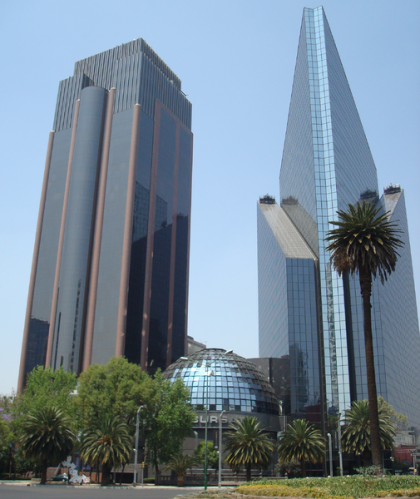What Mexico’s New President Means For EWW
While most investors remain focused on the seemingly never-ending debt drama in the eurozone or the sluggish U.S. economic recovery, few are paying attention to Mexico, which has actually turned out to be a bright spot in an otherwise gloomy economic environment. Brazil has long been the talk of the town when it comes to Latin American markets; however, Mexico is investors new favorite growth story as the country has demonstrated tremendous resilience while Brazil’s powerhouse economy has been losing its luster [see also LatAm-Centric ETFdb Portfolio].
Investor dollars have been undoubtedly supporting Mexican securities in lieu of Brazilian ones, or any other emerging market for that matter. From a year-to-date performance perspective, the iShares MSCI Mexico Index Fund (EWW) has returned upwards of 15%, while U.S. stocks, as represented by SPY, have returned close to 7%. Furthermore, emerging markets as represented by the MSCI Emerging Markets Index have inched higher by just 2% on the year thus far, while Brazil’s equity market, as represented by EWZ, has lost upwards of 10% showcasing the vast difference in performances among generally similar asset classes.
A Brighter Future?

Economists are predicting that Mexico is on track to surpass Brazil as the biggest Latin American economy over the next decade thanks to several encouraging factors. Nomura Securities cites that favorable demographic trends and its proximity to the largest market in the world (the United States) will allow the country to thrive while economic growth expectations in neighboring countries are cooling off. A recent Forbes article by Kenneth Rapoza cites that Mexico stands on fiscally stable ground and also boasts a falling dependency ratio, which is the proportion of young/old relative to the total working age population. This means the Mexican economy should enjoy a relative increase in resources, further bolstering GDP growth [see also Time To Buy EWZ? Think Again].
Many are expecting that the return of the PRI party to Mexican politics following Enrique Peña Nieto’s win will be good for the economy. Throughout the most recent round of elections Nieto went onto express his support for structural, pro-market reforms, helping to inspire optimism. The newly-elected president will look to limit the scope of current oligopolies in the nation, which will likely receive criticism but ultimately help smaller business that can truly tap into the local consumption trends. Additionally, Nieto has also vowed to cut murders and kidnappings in half during his term, which would go a long way to help improve the nation’s political reputation, ideally encouraging even more foreign investments.
Ways To Play
At the moment, the iShares MSCI Mexico Index Fund (EWW) is the only offering in the Latin America Equities ETFdb Category that offers targeted exposure to this country. Perhaps the greatest drawback of EWW is its portfolio composition; this ETF holds less than 50 securities and the top ten components account for just over two-thirds of total assets, potentially increasing the company-specific risk . From a sector perspective, consumer defensive and communication services equities account for the majority of the portfolio; exposure to basic materials, financial services and industrial is also included [see Ultimate Guide To Latin America ETFs].
More seasoned investors looking to make a timely bet on Mexico’s stock market may opt for the ProShares Ultra MSCI Mexico Investable Market ETF (UMX) which offers 2x leveraged exposure to the same index tracked by EWW. Likewise, those with a bearish outlook for the Mexican economy may instead opt for the ProShares UltraShort MSCI Mexico ETF (SMK), which offers inverse 2x leveraged exposure.
Follow me on Twitter @SBojinov
[For more ETF analysis, make sure to sign up for our free ETF newsletter or try a free seven day trial to ETFdb Pro]
Disclosure: No positions at time of writing.
Click here to read the original article on ETFdb.com.
Related Posts:

